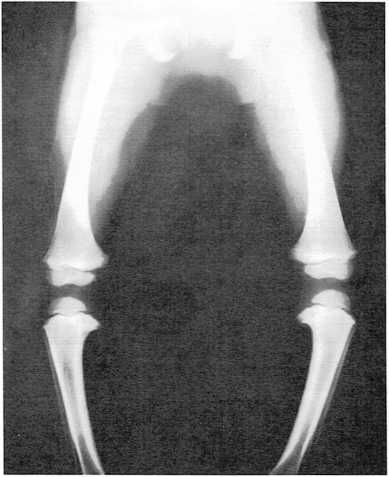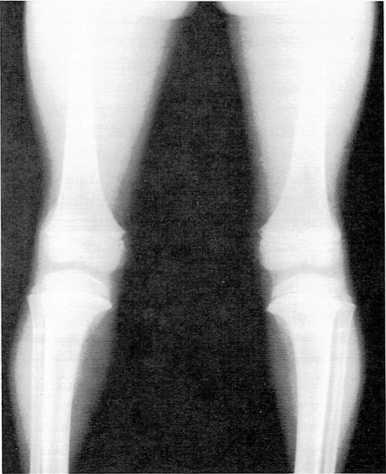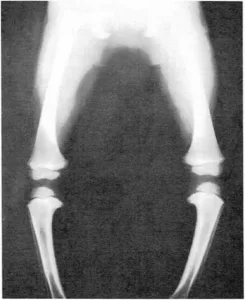Boil – Bowlegs
Boil is a painful abscess under the skin that develops when a sweat
gland, an oil gland, a small wound, or a hair follicle (the sac
containing the hair root) becomes in
fected and fills with pus. If one boil develops, others often follow.
Several boils formed close together constitute a carbuncle. The bacteria
that cause boils are almost always present on the skin, but they cause
infection only occasionally. Squeezing pimples or failing to keep the
skin clean may cause boils.
When a boil is developing, the area first is red and tender.
Considerable swelling and pain may develop. Gradually, pus forms and the
center of the boil becomes yellowish.
Moist heat helps keep the infection from spreading and draws the pus to
a head so it will drain. Soak a towel in warm water and apply it to the
boil for 20 to 30 minutes every 4 or 5 hours. Be careful that the towel
is not so hot that it burns the skin. The boil may subside, or it may
come to a head, erupt, and drain. If your child has boils frequently,
consult a physician. [t.m.h.]
Bowlegs. Almost every new baby appears to be bowlegged. The knees
are held out, and the feet are slightly turned in. Although the bones
themselves are usually well formed and straight, the legs tend to remain

This X ray shows the leg bones of a child who was born with
bowlegs.

This X ray shows the same child after 4^1^/2 years of medical
treatment.
in the position they were in before birth. This condition is called
physiologic bowing and tends to gradually disappear as the child grows
and begins to walk.
It takes a bit of time for the foot, ankle, knee, and leg muscles and
ligaments to strengthen. As these muscles and ligaments become stronger
with walking, the legs gradually look straighter and the knees come
closer together. Physiologic bowing usually disappears when the child is
between 1 and 2 years old.
If you are concerned that your child may be too bowlegged or if the
child’s legs have not straightened themselves by 2 years of age, have
your doctor check the position of your child’s legs to make sure they
are developing properly.
In some children, bowlegs may result from rickets, caused by a vitamin D
deficiency, or from a disturbance in the growth centers of the bone. In
a few children, bowlegs may require medical treatment of braces or even
surgery for coiTection. [jj.g.]

